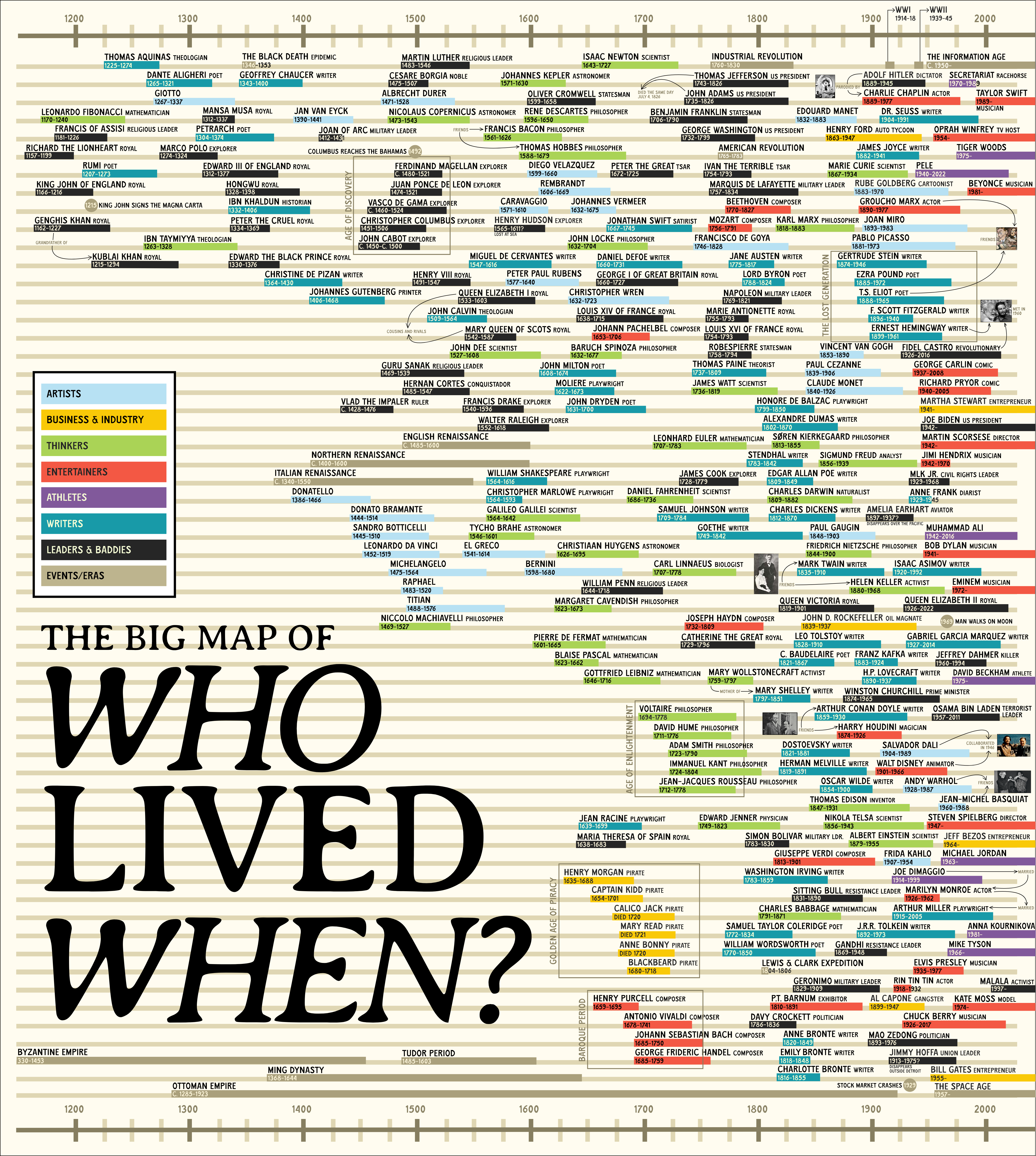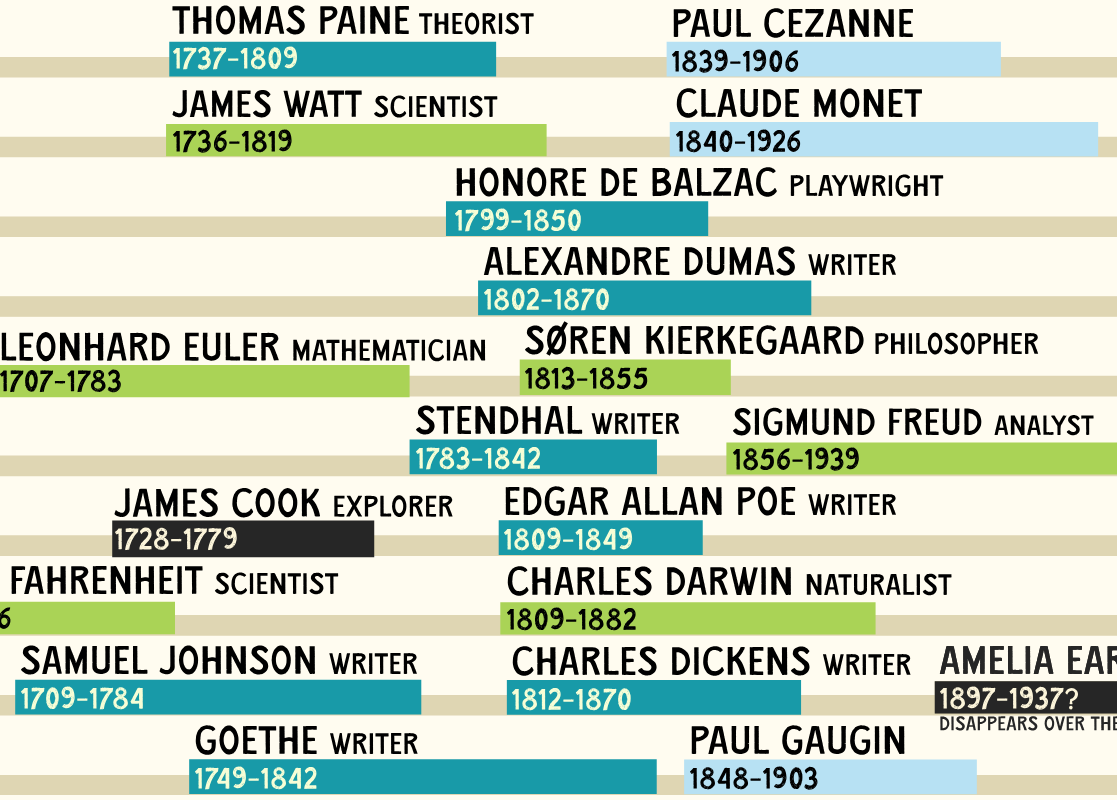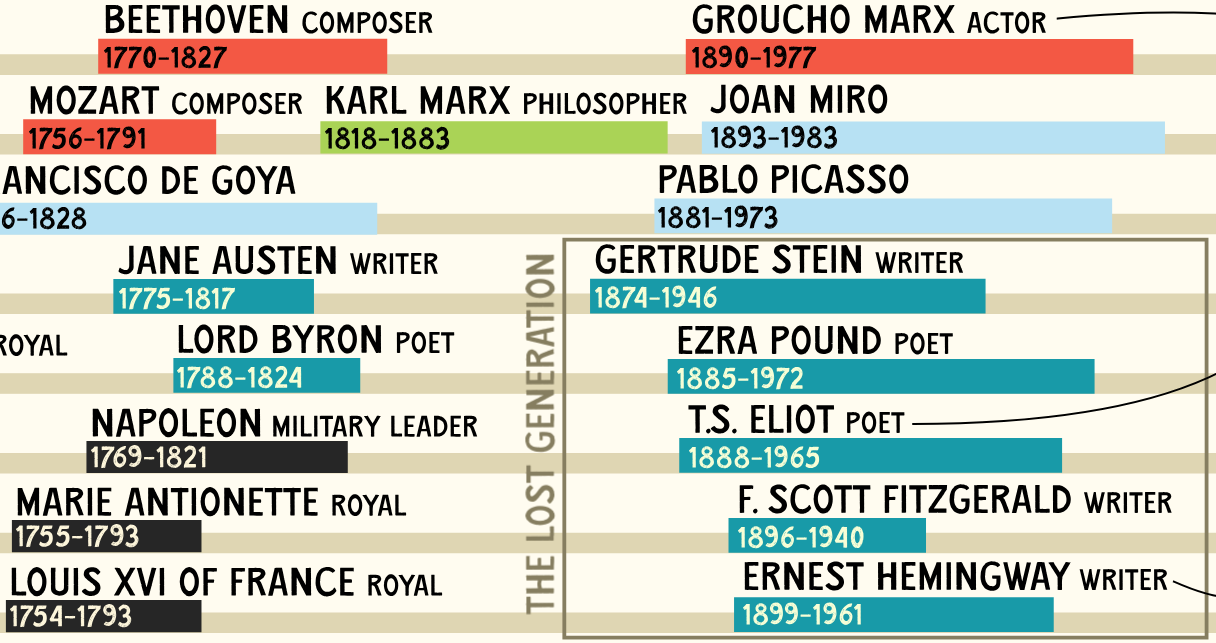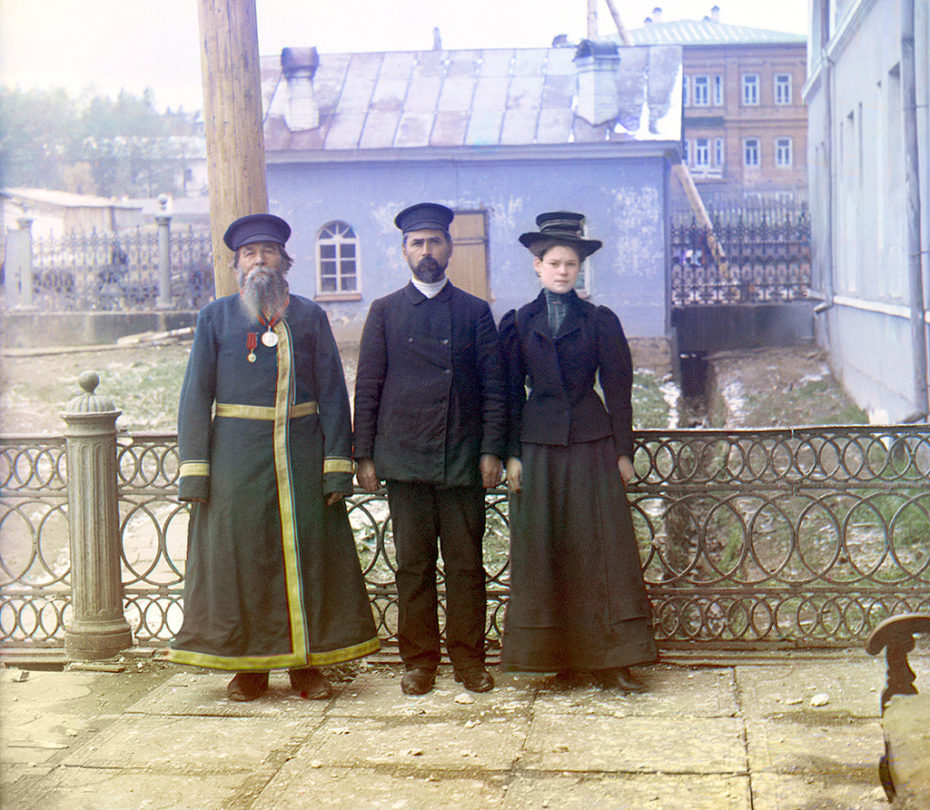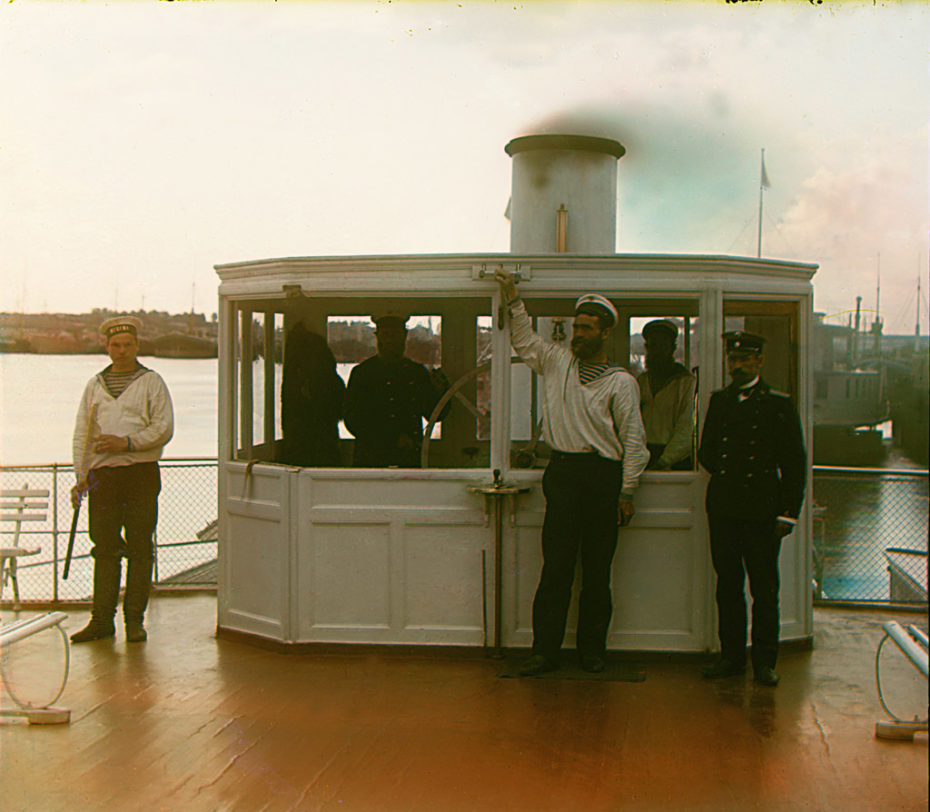If you enjoy modern Japanese animation, you can no doubt name several masterpieces of the form off the top of your head, whether acclaimed series like Neon Genesis Evangelion and Cowboy Bebop to the work of cinema auteurs like Satoshi Kon and Hayao Miyazaki. What may cross your mind less readily is how much these and other anime productions owe to Astro Boy, or as it was known in Japan, Tetsuwan Atomu (“Mighty Atom”). First conceived on the page by artist Osamu Tezuka, remembered today as “the Godfather of Manga” (i.e., Japanese comics), it became an animated television series in 1962, a production overseen — and fatefully under-budgeted — by Tezuka himself.
“It was a stupidly low number,” Tezuka later wrote in his autobiography of the per-episode figure he quoted to his reluctant sponsors. Yet despite the manifold production stresses it caused, it forced — like any severe limitation — a good deal of creativity.
In time, writes Matt Alt in Pure Invention: How Japan Made the Modern World, “the beloved hallmarks of Japanese animated fare — the striking of theatrical poses, the lingering freeze-frames, the limited ranges of motion — evolved from desperate cost-saving workarounds into factors that distinguish anime from content produced in other lands.”
When they were first publicly screened in November of 1962, the first episodes of Astro Boy were accompanied by a lesser-known Tezuka project: Tales from a Certain Street Corner (ある街角の物語), a 40-minute film crafted with an “anti-Disney” aesthetic. At Nishikata Film Review, Cathy Munroe Hotes describes this as “the first of Tezuka’s jikken animation – or experimental works – which Tezuka made for artistic rather than commercial purposes. Although the animation does employ some unusual techniques such as a POV shot of a plane tree seed flying to the ground, it is not ‘experimental’ in the usual sense of the word.”
The term better suits some of the other works included in the playlist at the top of the post, which collects clips of a variety of Tezuka’s experimental and quasi-experimental animations produced between the mid-nineteen-sixties and the late eighties (many of which can easily be seen in full on Youtube), which collectively exhibit both imaginative power and a sense of humor. “Memory” (めもりい), from 1964, mixes traditional animation with Monty Python-style cutouts to depict the yearnings of a postwar salaryman. The omnibus Pictures at an Exhibition (展覧会の絵), made a couple of years later, satirizes modern society in ten different ways, each scored with a movement of the eponymous Mussorgsky piece.
By the last years of Tezuka’s life, the style of his animation seems to have evolved in several directions at once. “Jumping” (ジャンピング) from 1984, imagines what it would be like to jump ever-more-superhuman heights from a first-person perspective; “Push” (プッシュ), from 1987, uses a more conventionally cartoonish aesthetic to render a post-apocalyptic world dominated by vending machines. That same year, Tezuka — a descendant of famed samurai Hanzō Hattori — also released “Muramasa” (村正), a nuclear-annihilation allegory about a haunted sword. The threat posed to Earth by man was also the major theme of Legend of the Forest (森の伝説), left unfinished by the time of Tezuka’s death in 1989 but later picked up by his son Makoto: just one of the countless animators, Japanese and otherwise, working under the Godfather’s influence today.
Related content:
Watch the First Episode of Osamu Tezuka’s Astro Boy, Of Which Stanley Kubrick Became a Big Fan
Jim Henson Creates an Experimental Animation Explaining How We Get Ideas (1966)
Watch the Oldest Japanese Anime Film, Jun’ichi Kōuchi’s The Dull Sword (1917)
The Origins of Anime: Watch Early Japanese Animations (1917 to 1931)
Watch Fantasmagorie, the World’s First Animated Cartoon (1908)
Based in Seoul, Colin Marshall writes and broadcasts on cities, language, and culture. His projects include the Substack newsletter Books on Cities and the book The Stateless City: a Walk through 21st-Century Los Angeles. Follow him on Twitter at @colinmarshall or on Facebook.
